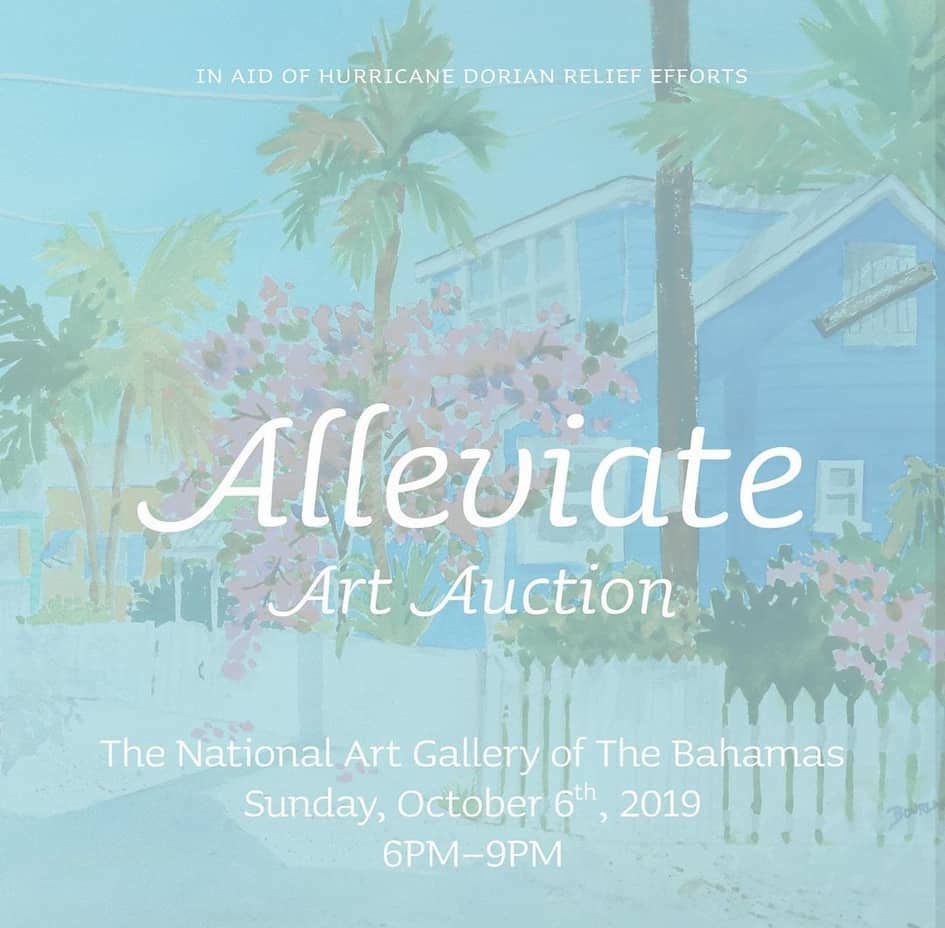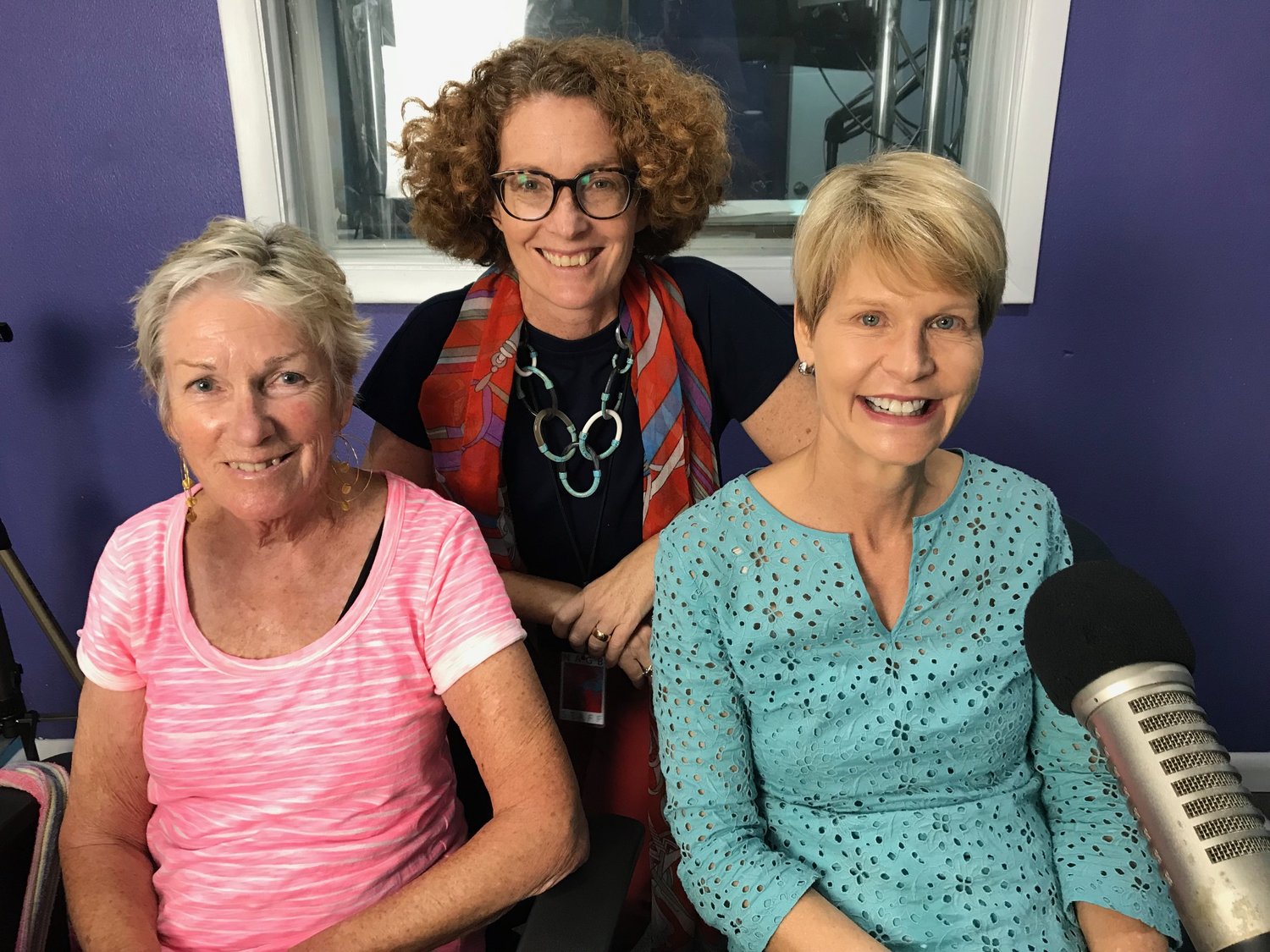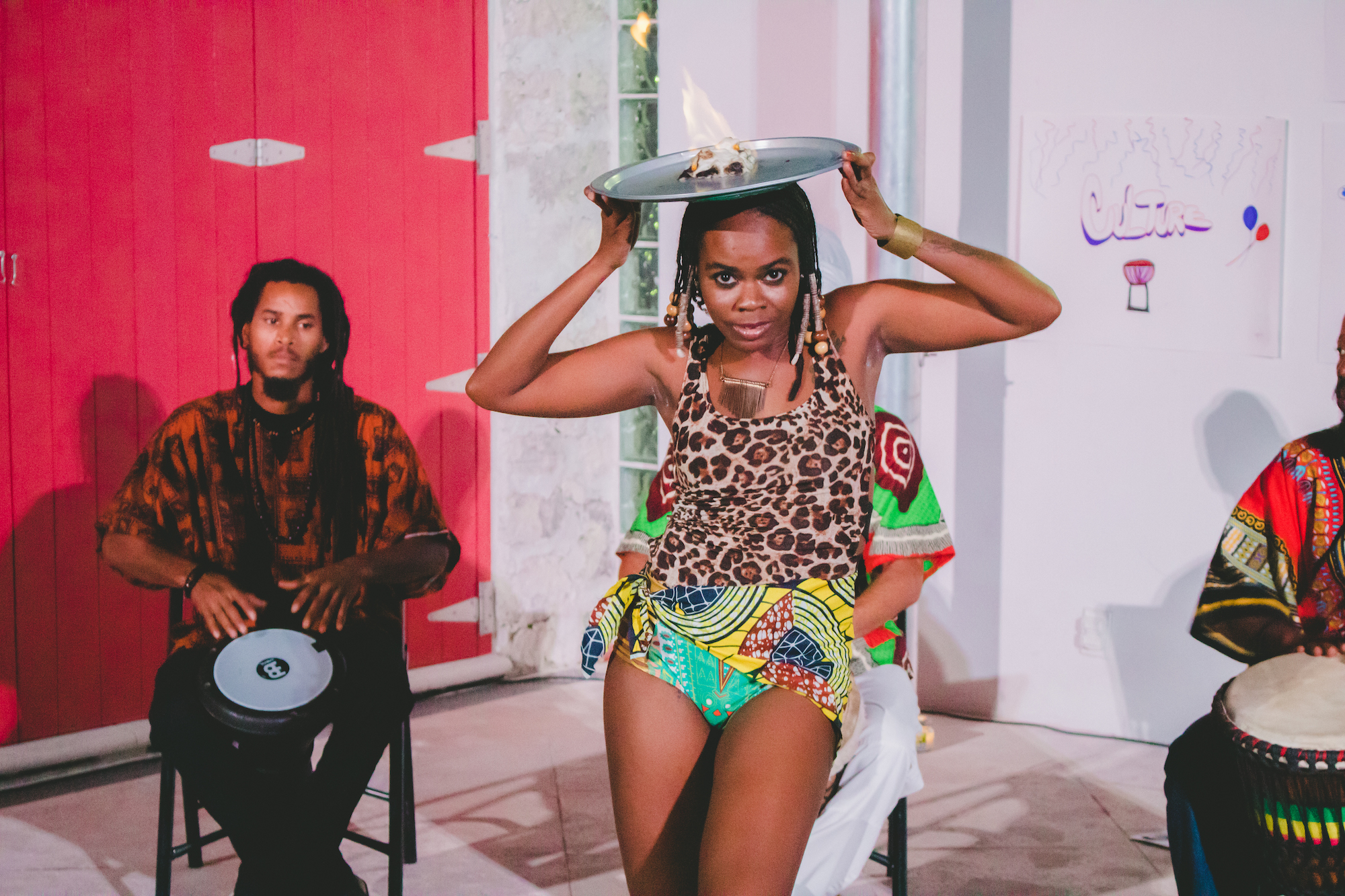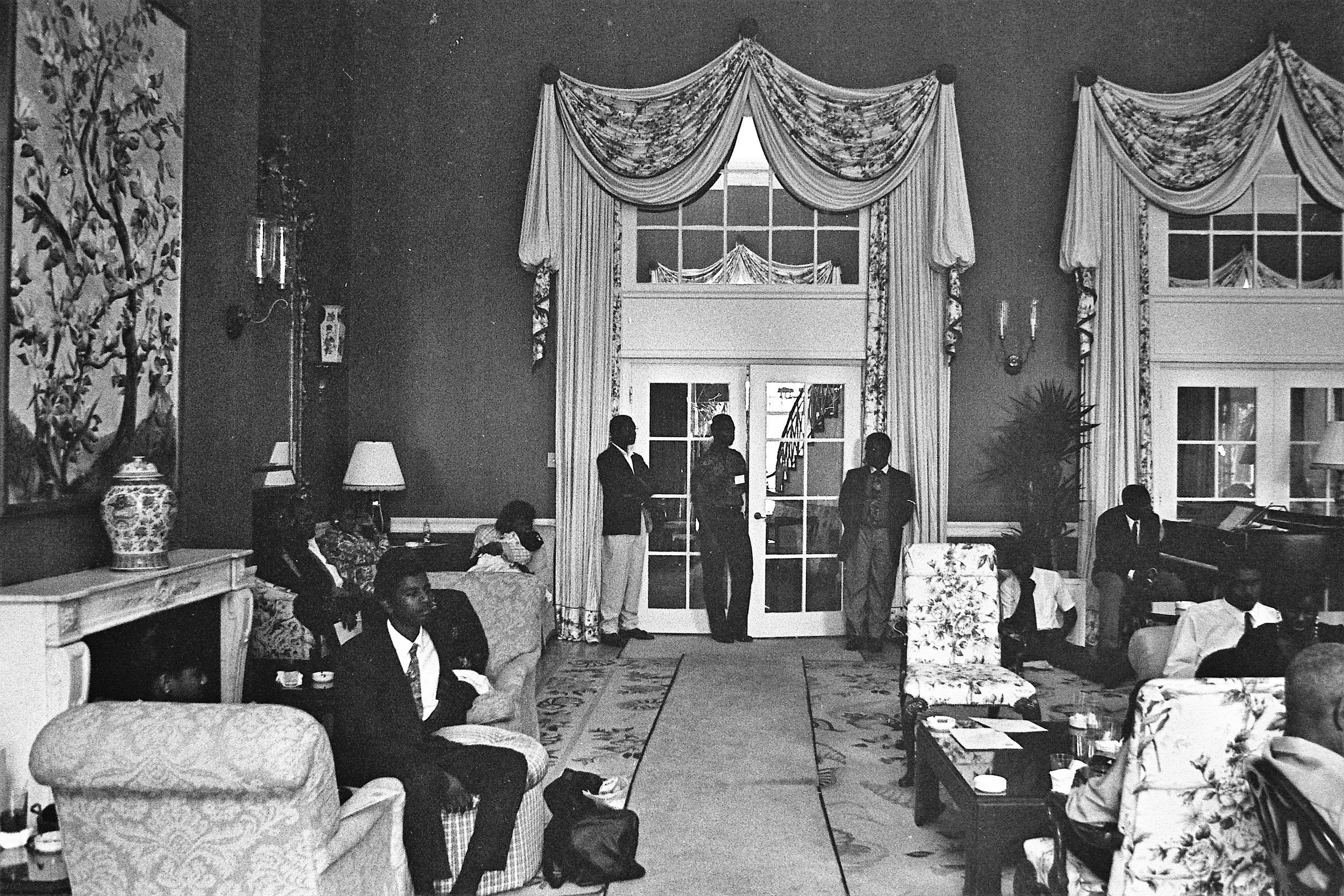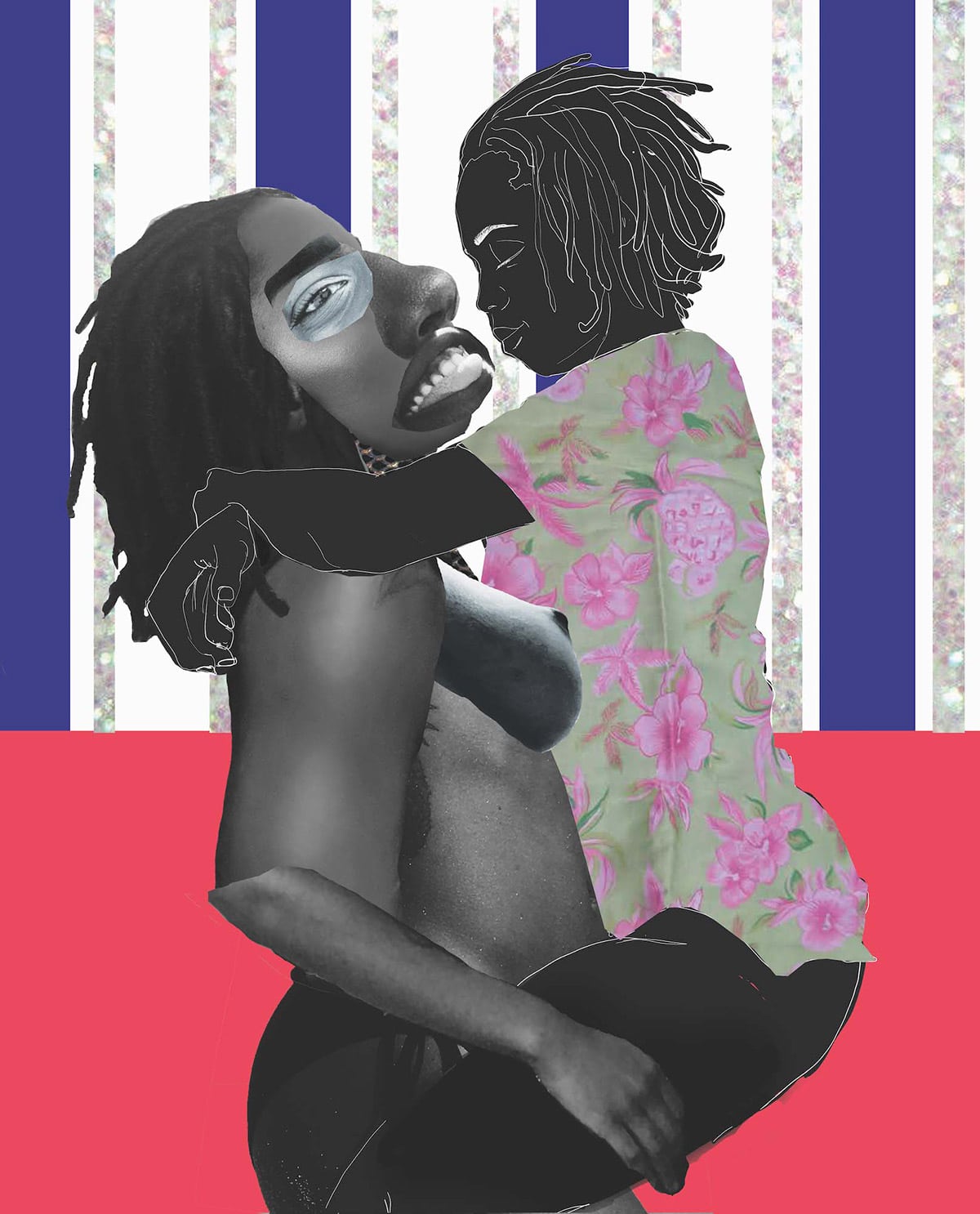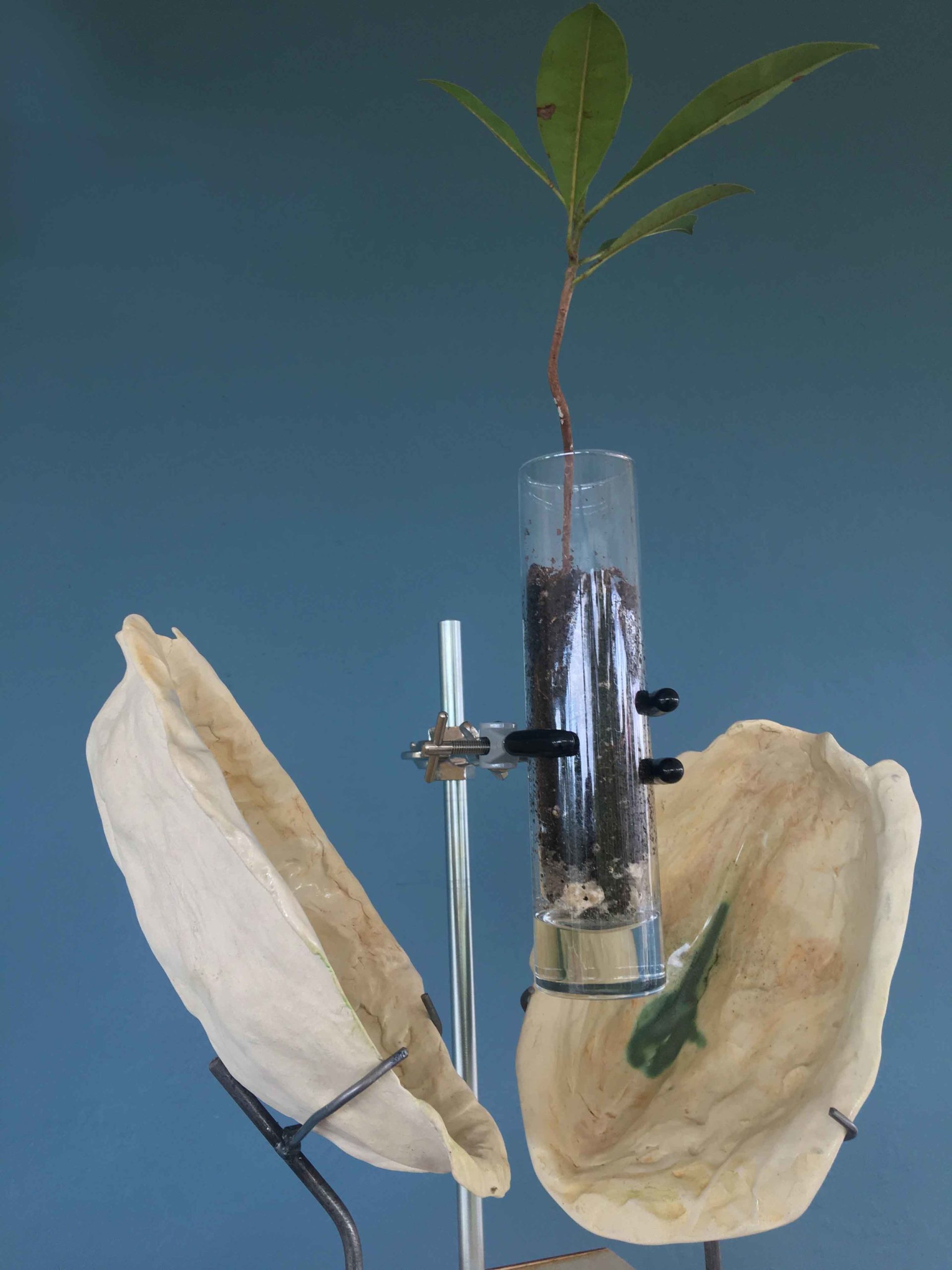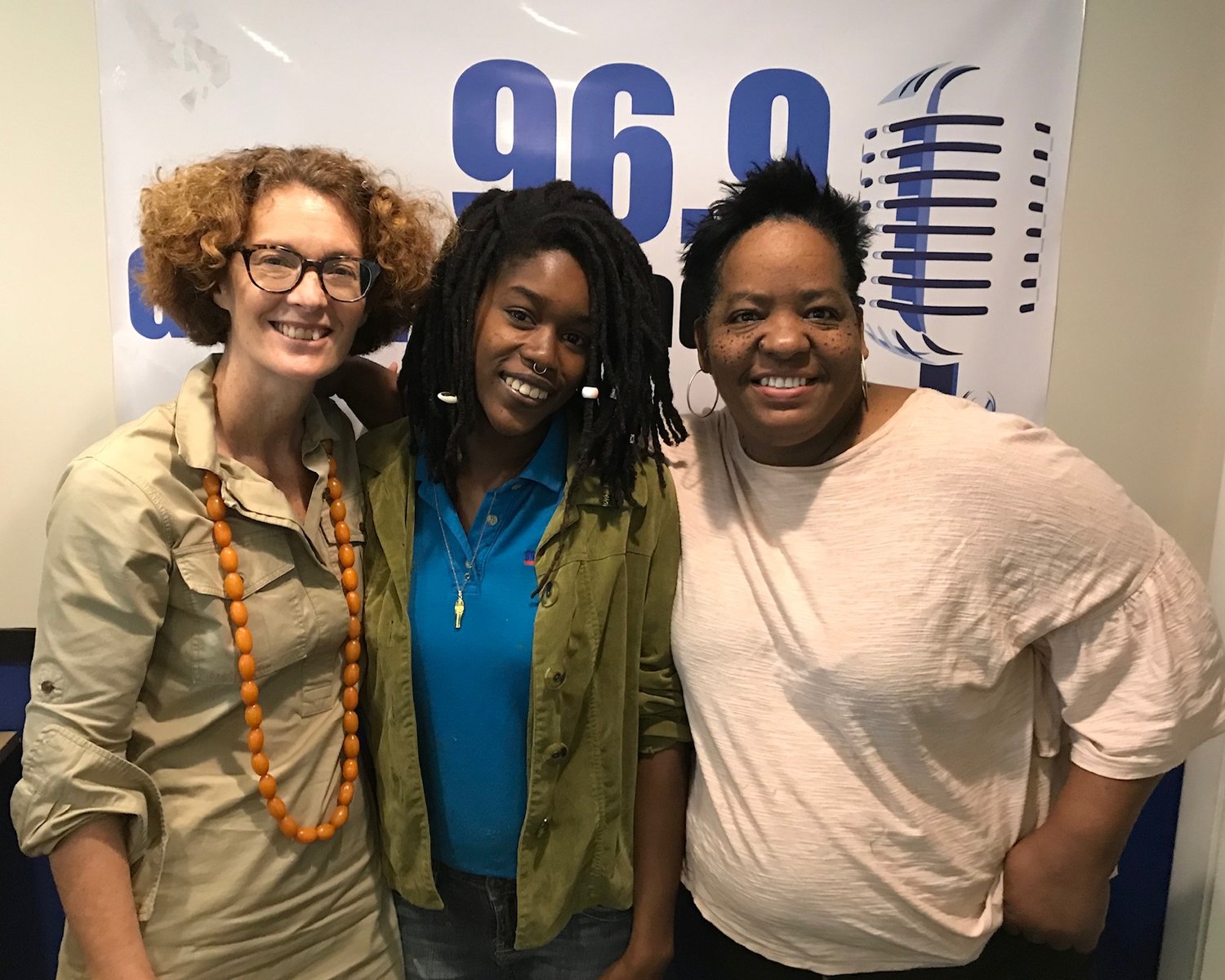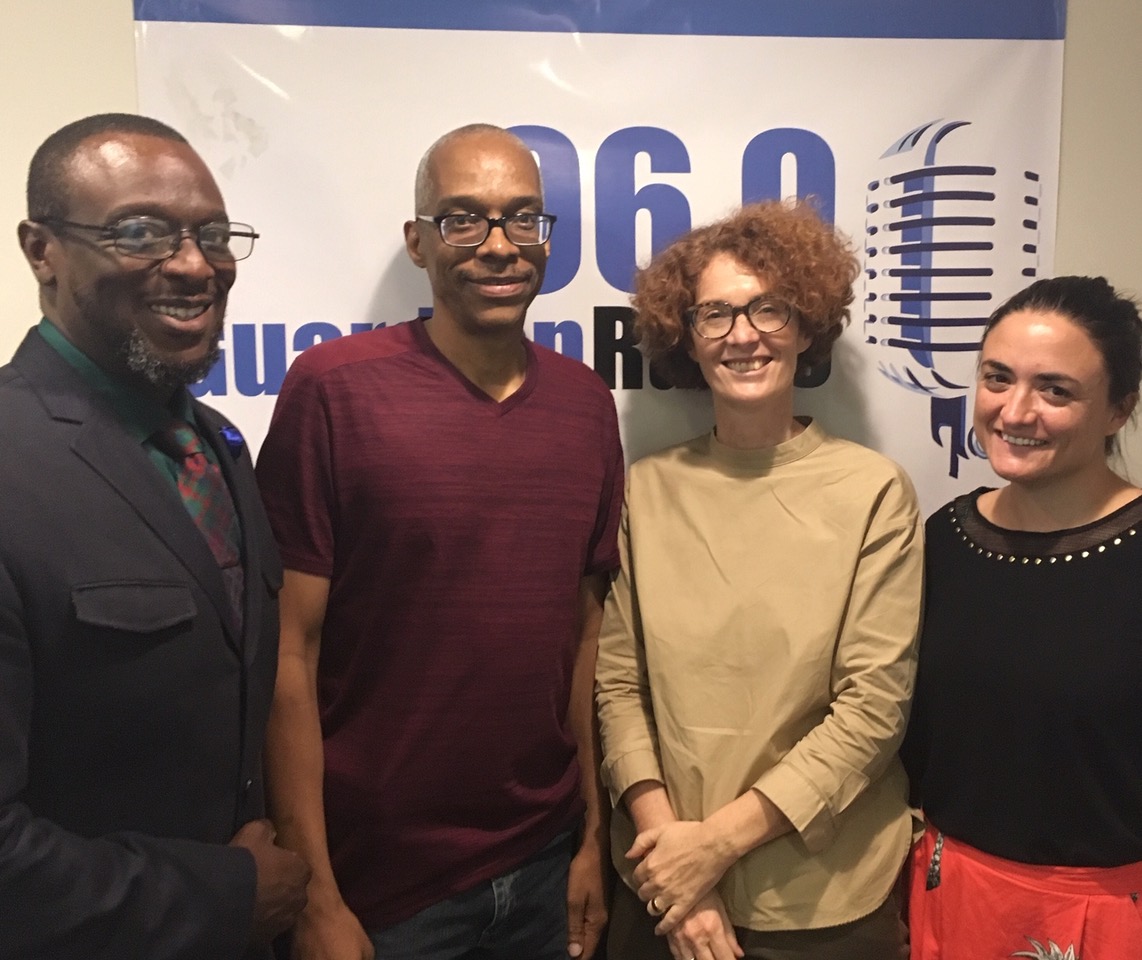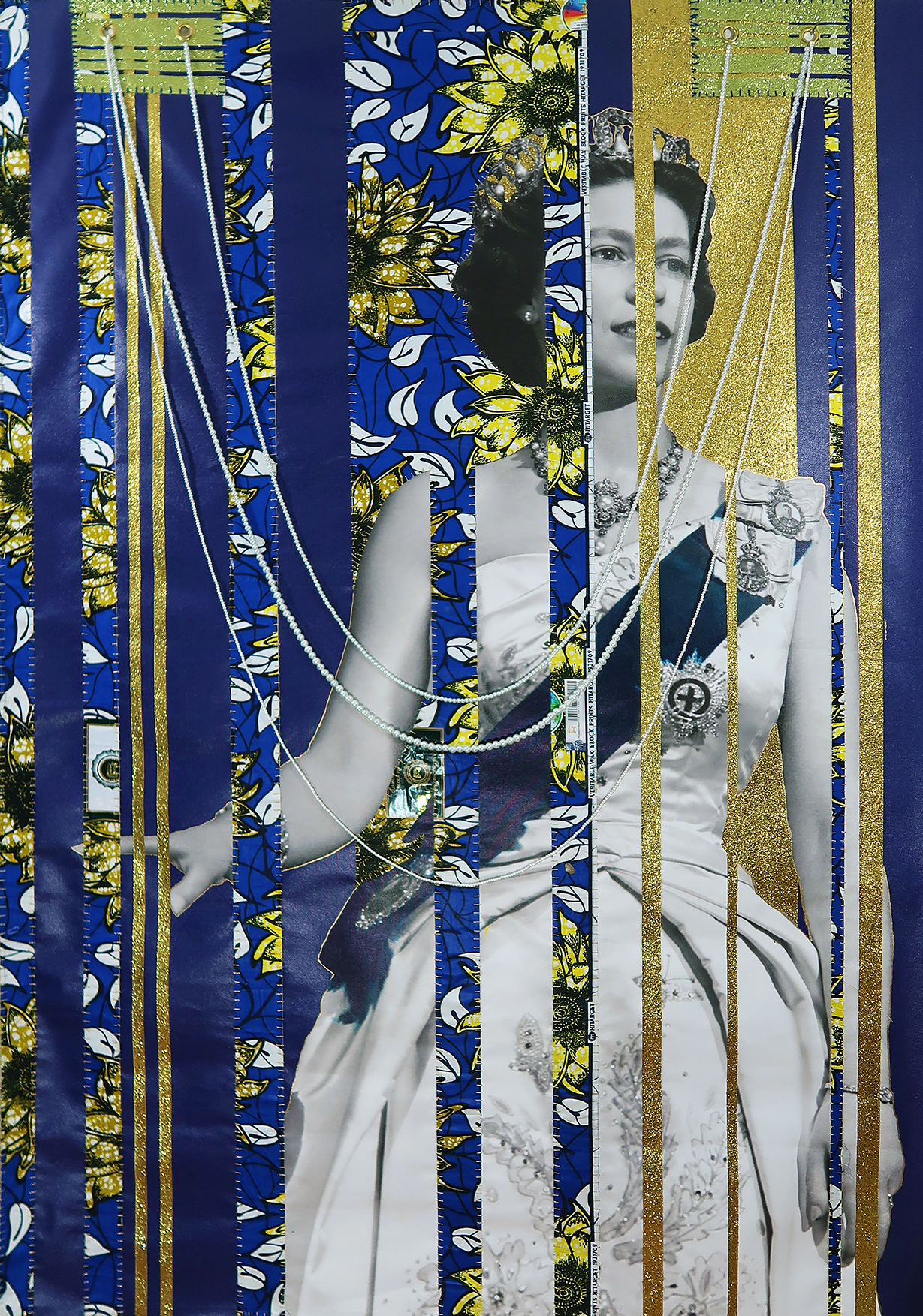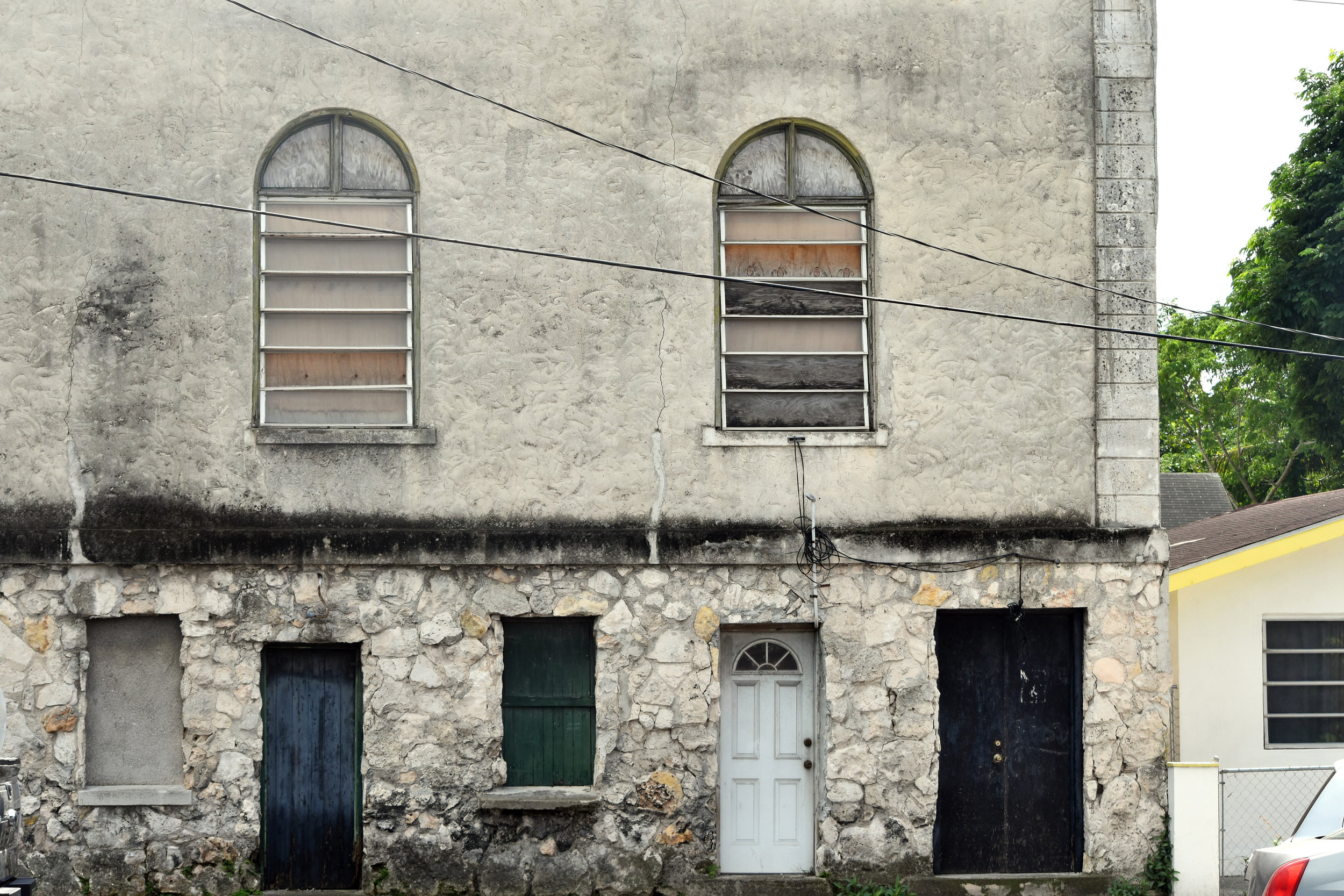Bahamian and Caribbean artists from all genres are coming together to uplift The Bahamas through hurricane relief efforts post-Dorian.
By Kevanté A.C. Cash, NAGB Correspondent. It seems as though visual artist and muralist Angelika Wallace-Whitfield may have been foreshadowing with her Ninth National Exhibition (NE9) public art project: “Hope Is A Weapon.” During these trying times, the words that the artist penned to elaborate on the work finds us at a convenient moment and feels all too real. Much like the pressing issue placed on the backs of our nation’s leaders, Bahamians who have not been severely affected by the storm and the global world who is watching.
